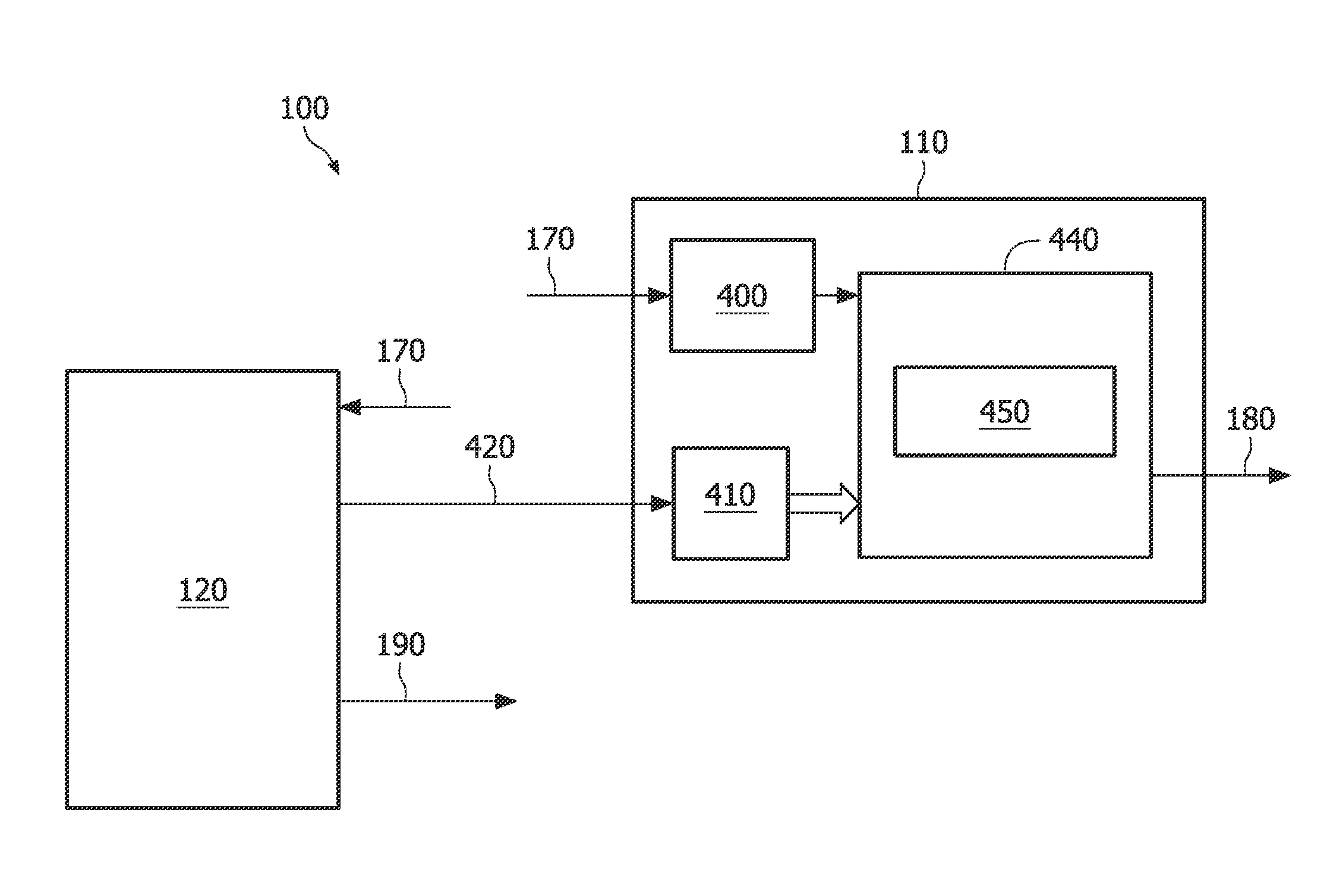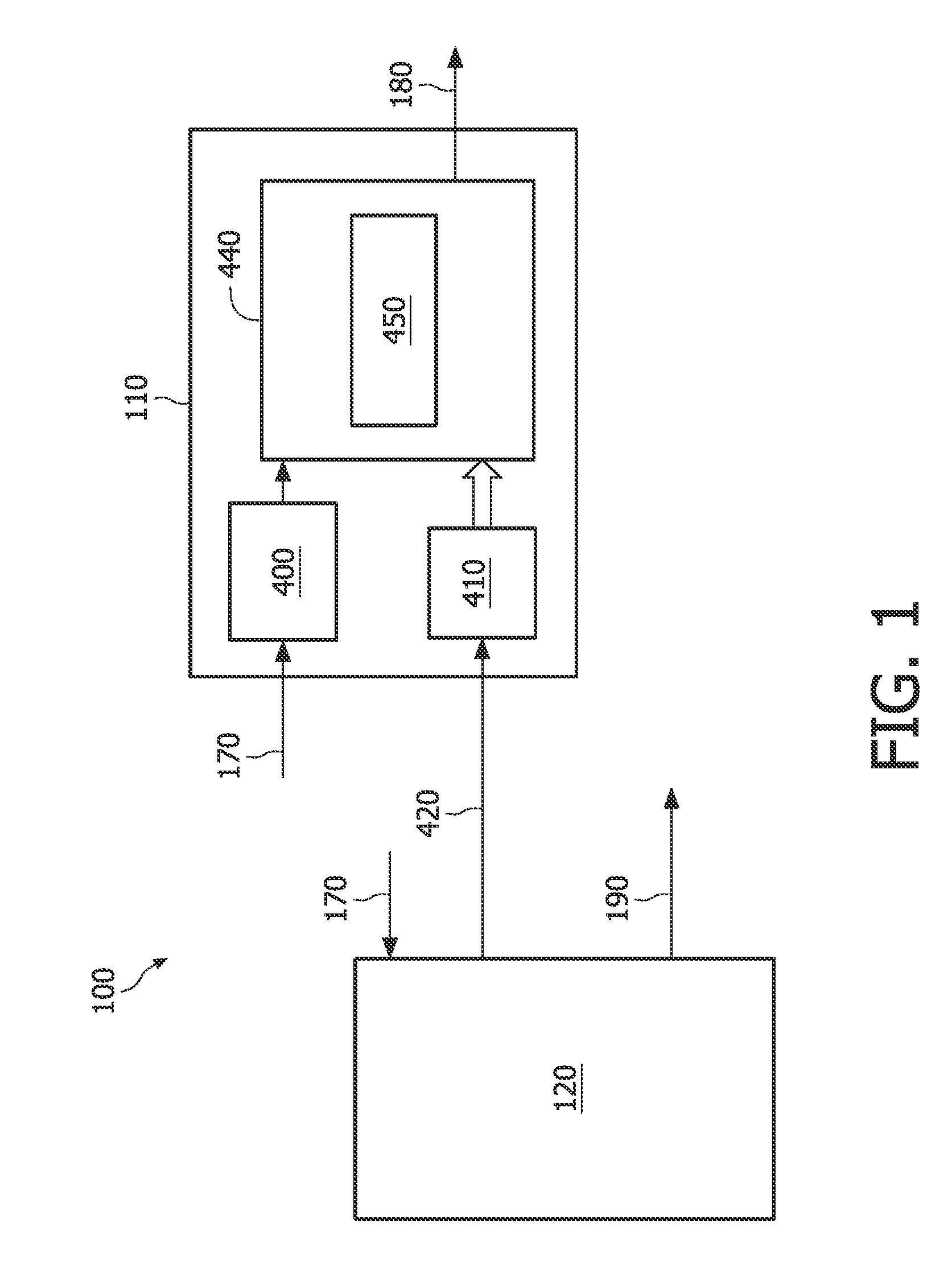Network synchronization with reduced energy consumption
a network and energy consumption technology, applied in the field of network devices, can solve the problems of reducing battery life, energy consumption, energy consumption, recurring need to synchronize said local clocks, etc., and achieve the effect of reducing energy consumption
- Summary
- Abstract
- Description
- Claims
- Application Information
AI Technical Summary
Benefits of technology
Problems solved by technology
Method used
Image
Examples
Embodiment Construction
[0030]The advances in micro electro-mechanical systems (MEMS) technology, in digital circuit design, integration and packaging, and in wireless communication are leading to smaller, cheaper and lower power sensing and computing devices. These advances enable a creation of networks comprising a plurality of tiny computing network devices interacting with the environment and communicating with each other.
[0031]An example of such a network may be a wireless sensor network used for monitoring applications, each one of the sensors being comprised in a network device and corresponding to a wireless node of the network. An example of a monitoring application is an application wherein wireless sensors are used to monitor the structural health of a building or a bridge. In another example wireless sensors may be used for constant monitoring of people having certain medical conditions.
[0032]In these applications the energy source of each network device will be limited and for many of these ne...
PUM
 Login to View More
Login to View More Abstract
Description
Claims
Application Information
 Login to View More
Login to View More - R&D
- Intellectual Property
- Life Sciences
- Materials
- Tech Scout
- Unparalleled Data Quality
- Higher Quality Content
- 60% Fewer Hallucinations
Browse by: Latest US Patents, China's latest patents, Technical Efficacy Thesaurus, Application Domain, Technology Topic, Popular Technical Reports.
© 2025 PatSnap. All rights reserved.Legal|Privacy policy|Modern Slavery Act Transparency Statement|Sitemap|About US| Contact US: help@patsnap.com



